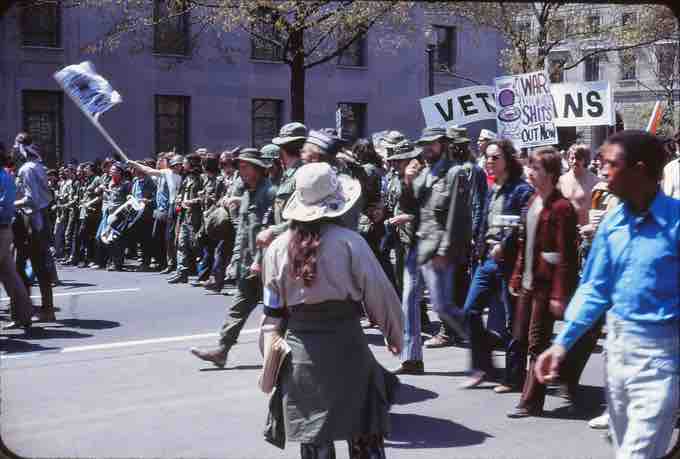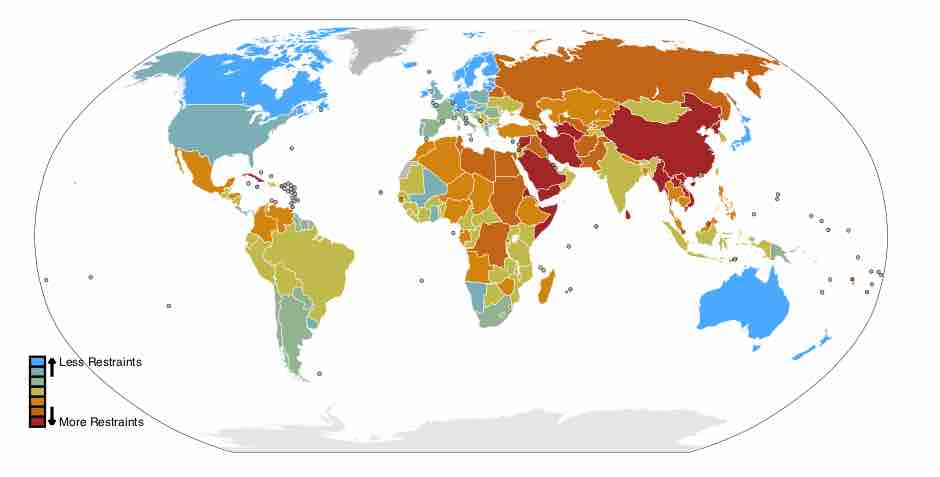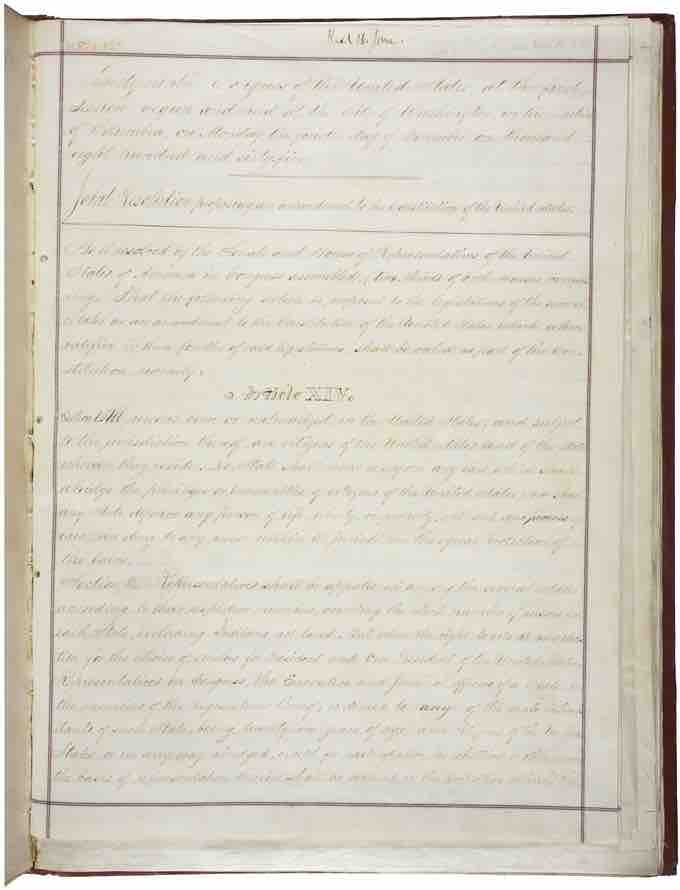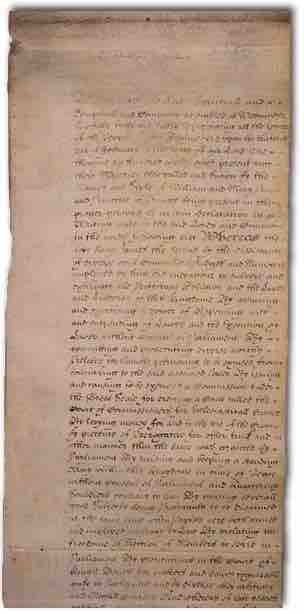The First Amendment
The First Amendment (Amendment I) to the United States Constitution is part of the Bill of Rights and protects American civil liberties. The amendment prohibits the making of any law pertaining to an establishment of a federal or state religion, impeding the free exercise of religion, abridging the freedom of speech, infringing on the freedom of the press , interfering with the right to peaceably assemble, or prohibiting the petitioning for a governmental redress of grievances .

Vietnam War Protest in Washington D.C., April, 1971
The First Amendment established the right to assemble as a core American liberty, as is depicted here in a Vietnam-era assembly.

Freedom of the Press Worldwide
The First Amendment to the Constitution guarantees Americans the right to a free press. This is something that many other countries do not enjoy, as this map illustrates.
The text of the First Amendment reads, "Congress shall make no law respecting an establishment of religion, or prohibiting the free exercise thereof; or abridging the freedom of speech, or of the press; or the right of the people peaceably to assemble, and to petition the Government for a redress of grievances. "
Anti-war protests during World War I gave rise to several important free speech cases related to sedition and inciting violence. Clear and present danger was a doctrine adopted by the Supreme Court of the United States to determine under what circumstances limits can be placed on First Amendment freedoms of speech, press or assembly. Before the twentieth century, most free speech issues involved prior restraint. Starting in the early 1900s, the Supreme Court began to consider cases in which persons were punished after speaking or publishing.
In the 1919 case Schenck v. United States the Supreme Court held that an anti-war activist did not have a First Amendment right to speak out against the draft. The clear and present danger test was established by Justice Oliver Wendell Holmes, Jr. in the unanimous opinion for the case Schenck v. United States, concerning the ability of the government to regulate speech against the draft during World War I. Following Schenck v. United States, "clear and present danger" became both a public metaphor for First Amendment speech and a standard test in cases before the Court where a United States law limits a citizen's First Amendment rights; the law is deemed to be constitutional if it can be shown that the language it prohibits poses a "clear and present danger.
Incorporating the First Amendment
Originally, the First Amendment applied only to laws enacted by the Congress. However, starting with Gitlow v. New York (1925), the Supreme Court has applied the First Amendment to each state. This was done through the Due Process Clause of the Fourteenth Amendment . The Court has also recognized a series of exceptions to provisions protecting the freedom of speech.

14th Amendment of the United States Constitution
The Fourteenth Amendment, depicted here, allowed for the incorporation of the First Amendment against the states.
Background to the First Amendment
Opposition to the ratification of the Constitution was partly based on the Constitution's lack of adequate guarantees for civil liberties. To provide such guarantees, the First Amendment, along with the rest of the Bill of Rights, was submitted to the states for ratification on September 25, 1789, and adopted on December 15, 1791.
Comparing the First Amendment to Other Rights Protection Instruments
Some provisions of the United States Bill of Rights have their roots in similar documents from England, France, and the Philippines. The English Bill of Rights, however, does not include many of the protections found in the First Amendment. For example, the First Amendment guarantees freedom of speech to the general populace but the English Bill of Rights protected only free speech in Parliament . A French revolutionary document, the French Declaration of the Rights of Man and of the Citizen, passed just weeks before Congress proposed the Bill of Rights, contains certain guarantees that are similar to those in the First Amendment. Parts of the Constitution of the Philippines, written in 1987, contain identical wording to the First Amendment regarding speech and religion. Echoing Jefferson's famous phrase, all three constitutions, in the section on Principles, contain the sentence, "The separation of Church and State shall be inviolable".

English Bill of Rights
The US Bill of Rights drew many of its First Amendment provisions from other countries' bill of rights, such as the English Bill of Rights. However, the US Bill of Rights established more liberties than the English Bill of Rights.
Although the First Amendment does not explicitly set restrictions on freedom of speech, other declarations of rights occasionally do. For example, The European Convention on Human Rights permits restrictions "in the interests of national security, territorial integrity or public safety, for the prevention of disorder or crime, for the protection of health or morals, for the protection of the reputation or the rights of others, for preventing the disclosure of information received in confidence, or for maintaining the authority and impartiality of the judiciary. " Similarly, the Constitution of India allows "reasonable" restrictions upon free speech to serve "public order, security of State, decency or morality. "
Lastly, the First Amendment was one of the first guarantees of religious freedom: neither the English Bill of Rights nor the French Declaration of the Rights of Man and of the Citizen contain a similar guarantee.